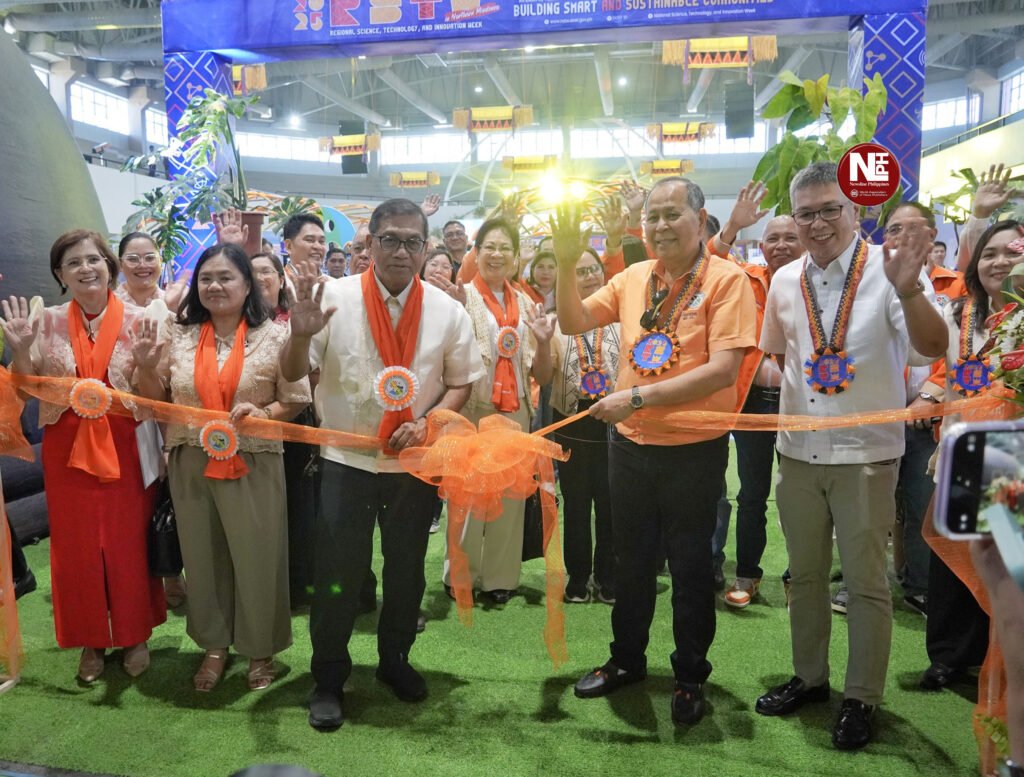
MISAMIS OCCIDENTAL (October 6) — When a Magnitude 6.9 earthquake struck Cebu last week, residents scrambled out of their homes and offices, some barefoot, others clutching only their phones. For many, it was another reminder of how unprepared communities remain when disaster hits.
Science and Technology Secretary Renato Solidum Jr. believes the tools to change that already exist — but local governments need to start using them.
“We already have technologies to assess risks and reduce potential loss of life and property,” Solidum said Friday at the close of the Regional Science and Technology Week in Oroquieta City, Misamis Occidental.
Among the technologies developed by the Department of Science and Technology (DOST) and its partners are HazardHunterPH, an online hazard assessment platform; How Safe is My House?, a mobile app for checking structural safety; GeoRiskPH, a geospatial hazard database; Project OMEGA, which uses AI and remote sensing to model risks; and REDAS, a software tool for simulating quake impacts.
Misamis Occidental Governor Henry Oaminal described the tools as “game-changing” and promised province-wide training for disaster response managers in Oroquieta, Ozamiz, and Tangub.
“We are lucky that there are no identified fault lines in our province, but that should not make us complacent,” he said.
For Solidum, disasters may be inevitable, but devastation doesn’t have to be. The challenge, he said, is for LGUs to turn science into action — before the next quake, flood, or storm strikes.

